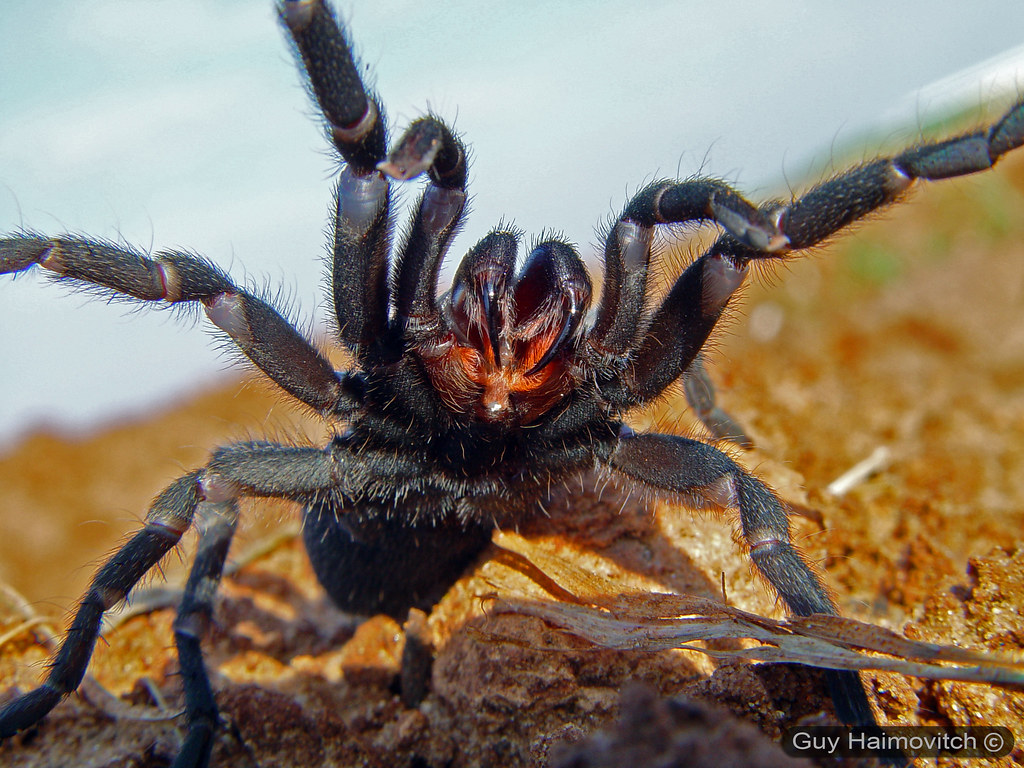Introduction
In the world of paleontology, few discoveries generate as much excitement as finding a perfectly preserved ancient creature that bridges evolutionary gaps in our understanding. In 2019, such a moment occurred when scientists announced the discovery of the oldest known fossil of a non-venomous spider, a finding that would rewrite our understanding of spider evolution. This remarkable specimen, preserved in Burmese amber dating back approximately 100 million years to the Cretaceous period, provides an unprecedented glimpse into arachnid evolution. As we explore this fascinating discovery, we’ll uncover how this ancient spider relates to modern species, what it reveals about evolutionary timelines, and why non-venomous spiders represent such an important branch in the arachnid family tree.
The Remarkable Discovery in Burmese Amber

The groundbreaking fossil was uncovered in Myanmar (formerly Burma) in amber deposits that have become famous for their exceptional preservation of Cretaceous fauna. This particular amber piece contained something truly special – a perfectly preserved spider specimen that would later be identified as belonging to the Mesothelae suborder, specifically to the family Chimerarachnidae. Scientists were immediately struck by the exceptional preservation quality, which included intact body structures, legs, and even fine details of the spider’s spinning apparatus. The amber, formed from tree resin that hardened over millions of years, had created a perfect time capsule, protecting the delicate spider from decomposition and providing researchers with an unprecedented view of an arachnid that crawled among dinosaurs approximately 100 million years ago.
Understanding the Age and Significance
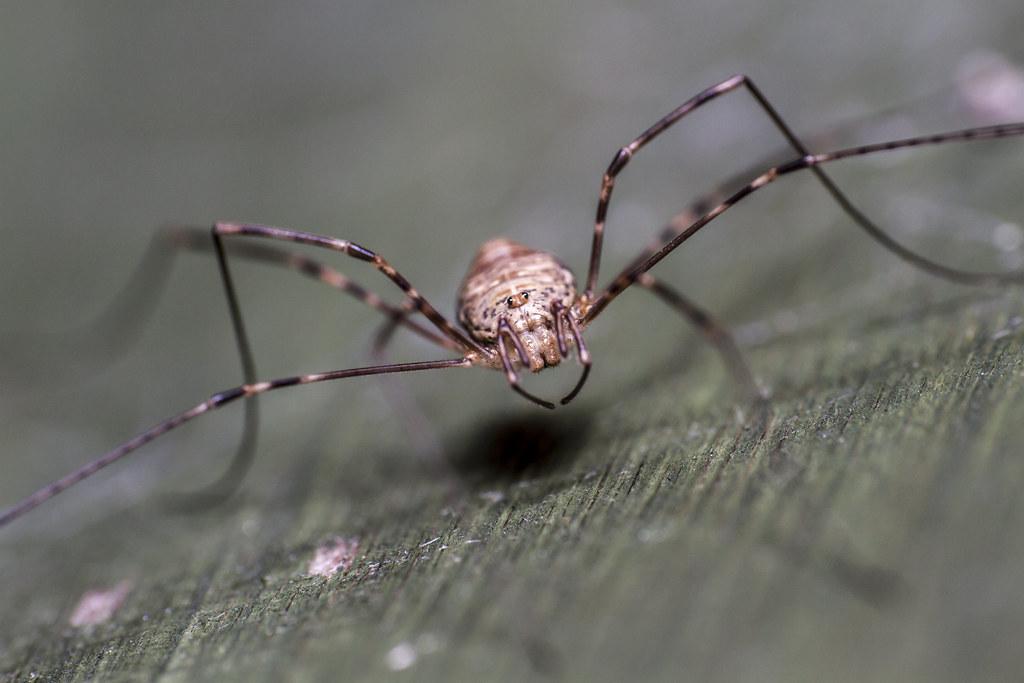
Dating to the mid-Cretaceous period, approximately 99 million years ago, this fossil represents the oldest definitively identified member of a non-venomous spider lineage ever discovered. The significance of this timeline cannot be overstated, as it pushes back the known existence of non-venomous spiders by tens of millions of years beyond previous estimates. Prior to this discovery, the evolutionary split between venomous and non-venomous spider groups was thought to have occurred much later. Radiometric dating of the amber and associated geological formations provided scientists with confident time markers, placing this specimen firmly in an era when flowering plants were just beginning to dominate landscapes and when tyrannosaurs were still evolving toward their apex predator status. This temporal placement gives researchers a precise evolutionary benchmark from which to reconsider spider evolution.
Classification and Taxonomic Placement

The ancient spider was classified within a new genus and species, named Chimerarachne yingi, reflecting its chimeric nature with features from different spider groups. The specimen presents a fascinating evolutionary mosaic, possessing characteristics of both primitive and more advanced spiders. Taxonomically, researchers placed it close to the base of the spider family tree, in a position that suggests it may represent a transitional form between true spiders (Araneae) and more primitive arachnid orders. What makes this classification particularly noteworthy is that the specimen displays characteristics of the Uraraneida, an extinct order of spider-like arachnids, while simultaneously showing definitive spider features. This unique combination of traits has led some researchers to suggest that Chimerarachne represents either a very primitive true spider or possibly the last surviving member of the Uraraneida order that survived longer than previously thought.
Anatomical Features That Define Its Non-Venomous Nature

The determination that this ancient spider was non-venomous comes from several key anatomical observations. Most significantly, the fossil lacks the specialized chelicerae (fangs) with venom ducts that characterize venomous spiders. Instead, it possesses more primitive chelicerae designed for grasping and mechanically breaking down prey rather than injecting venom. Additionally, researchers noted the absence of venom glands in the cephalothorax, another defining feature of venomous arachnids. The spider’s mouthparts show adaptations for a different feeding strategy, likely involving external digestion similar to modern non-venomous spiders, where digestive fluids are secreted onto prey and the liquefied tissues are then consumed. These anatomical details provide clear evidence of its non-venomous status and offer insights into how early spiders fed before the evolution of venom delivery systems.
The Spider’s Unique Spinning Apparatus

One of the most extraordinary aspects of this fossil is the preservation of its spinning apparatus, which reveals fascinating details about early silk production in spiders. Unlike modern spiders that typically have spinnerets at the end of their abdomen, Chimerarachne yingi possessed both spinnerets and a long, segmented tail-like appendage called a flagellum that may have served additional silk-related functions. This dual system suggests a transitional evolutionary stage in spider silk production. Microscopic examination of the spinnerets revealed multiple spigots through which different types of silk could be extruded, indicating a surprisingly sophisticated silk-producing capability for such an ancient specimen. However, the arrangement and number of these spinning structures differ from modern spiders, providing evidence of the evolutionary changes that have occurred in silk production over the past 100 million years.
The Evolutionary Implications

The discovery of this ancient non-venomous spider has profound implications for our understanding of arachnid evolution. Prior to this finding, scientists believed that the major spider lineages diverged much later than the Cretaceous period. The existence of Chimerarachne yingi suggests that the split between major spider groups occurred far earlier than previously thought, pushing back evolutionary timelines by millions of years. This fossil provides concrete evidence that the characteristics defining modern spider groups were already established during the time of dinosaurs. Furthermore, the mix of primitive and advanced features in this single specimen suggests that spider evolution didn’t proceed in a simple linear fashion but rather involved complex patterns of trait acquisition and loss. This mosaic evolution pattern, where different characteristics evolved at different rates, has compelled researchers to reconsider traditional evolutionary models for arachnids.
The Ancient Habitat and Ecosystem

The amber that preserved this remarkable spider also captured a snapshot of its Cretaceous environment. Analysis of plant materials, other arthropods, and microscopic organisms trapped alongside the spider has allowed scientists to reconstruct the ecosystem in which it lived. The evidence points to a tropical forest environment with high humidity and diverse flora, including early flowering plants and ancient conifers. This ancient spider likely inhabited the forest floor or lower vegetation, hunting small insects and other invertebrates that shared its environment. The abundance of other arthropods found in Burmese amber from the same period suggests a rich biodiversity, with complex food webs that supported predators like this non-venomous spider. Climate analysis based on the plant remains indicates warm temperatures year-round, creating ideal conditions for diverse arthropod communities.
Comparison to Modern Non-Venomous Spiders
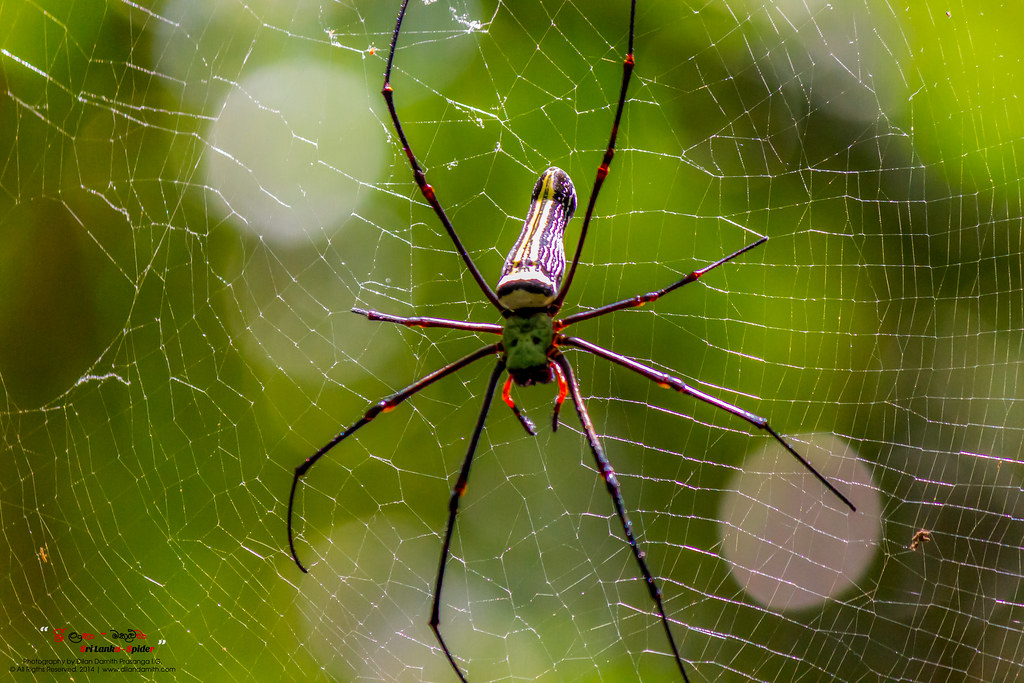
When compared to its modern descendants, Chimerarachne yingi reveals both surprising similarities and significant differences. Today’s non-venomous spiders, such as members of the Uloboridae family, share certain anatomical features with this ancient relative, including specialized chelicerae and mechanical methods of prey capture. However, modern non-venomous spiders have developed far more sophisticated silk-using strategies, including elaborate webs designed specifically for prey capture without the need for venom. The ancient spider appears to have relied more heavily on active hunting rather than web building, based on its leg morphology and body structure. Additionally, modern non-venomous spiders have completely lost the tail-like appendage (flagellum) that was present in Chimerarachne, demonstrating how evolution has shaped these arachnids over millions of years to become the specialized hunters and web-builders we see today.
Preservation in Amber: Nature’s Perfect Time Capsule
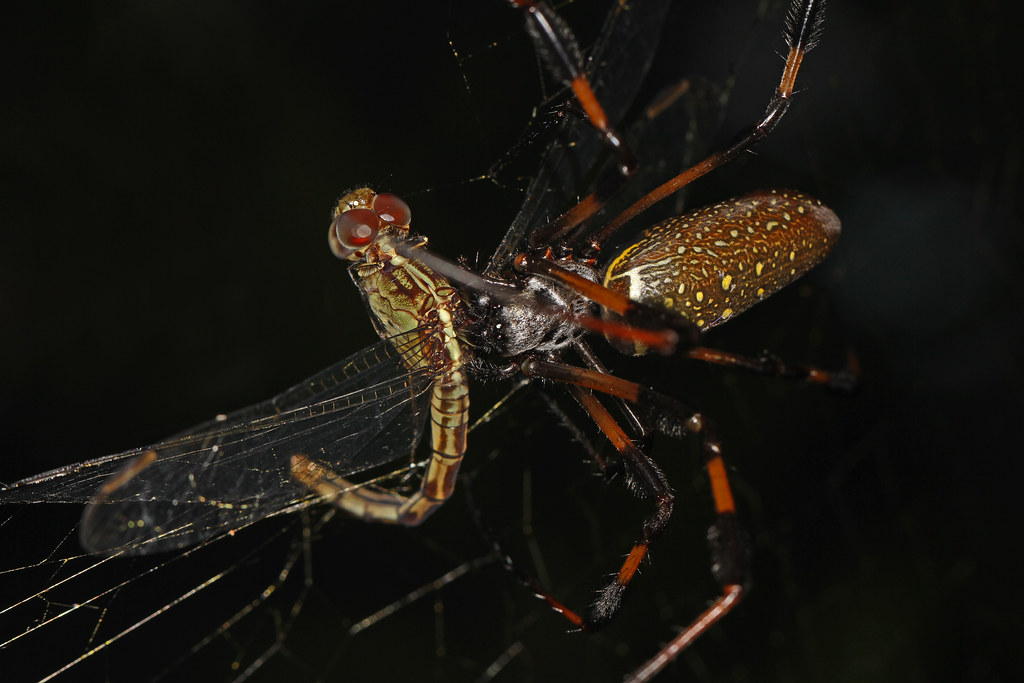
The exceptional preservation of this spider fossil owes everything to the unique properties of amber as a preservation medium. Unlike traditional fossilization processes that replace organic material with minerals, amber preservation involves the rapid entombment of an organism in tree resin, which then hardens and protects the specimen from oxygen, bacteria, and physical degradation. In the case of this ancient spider, the preservation is so exceptional that researchers could observe microscopic details like the fine structure of body hairs (setae), joint articulations, and even the texture of the exoskeleton. The amber has also preserved the three-dimensional form of the spider, allowing scientists to examine it from multiple angles and perspectives. This level of preservation is exceedingly rare in the fossil record, particularly for soft-bodied invertebrates, making amber fossils invaluable windows into prehistoric life.
The Research Team and Their Methodology
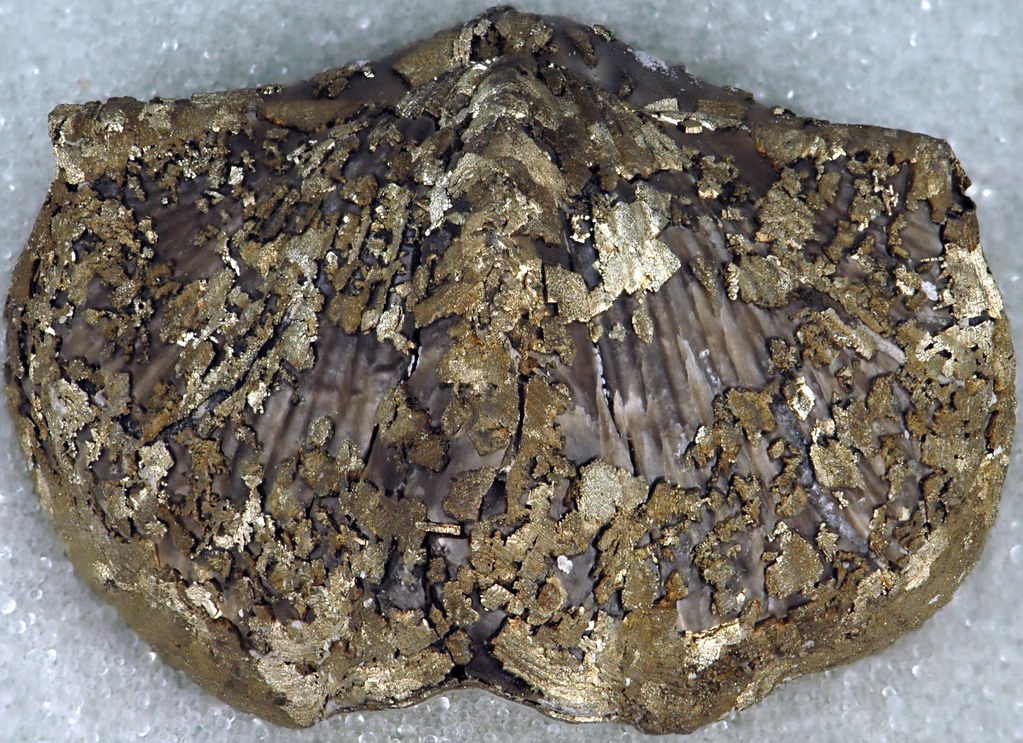
The discovery and analysis of this remarkable fossil involved an international team of arachnologists, paleontologists, and amber specialists using cutting-edge research techniques. The initial discovery came through careful screening of amber samples acquired from Myanmar’s amber markets, followed by preliminary identification using light microscopy. For more detailed analysis, the research team employed non-destructive imaging techniques including micro-computed tomography (micro-CT scanning), which allowed them to visualize internal structures without damaging the priceless specimen. These scans created detailed three-dimensional models of the spider’s anatomy, revealing structures that would otherwise remain hidden. Additional analytical techniques included Raman spectroscopy to analyze the chemical composition of preserved tissues and synchrotron X-ray imaging for the highest resolution details of microscopic structures. This multidisciplinary approach, combining traditional taxonomic expertise with advanced technology, was crucial for accurately placing this specimen in the evolutionary tree.
Controversies and Competing Theories

As with many groundbreaking paleontological discoveries, the interpretation of this fossil has not been without scientific debate. Some researchers have questioned whether Chimerarachne yingi should be classified as a true spider at all, suggesting instead that it represents a separate, extinct lineage of arachnids that evolved spider-like characteristics through convergent evolution. Another point of contention concerns the specimen’s tail-like flagellum, with some scientists proposing it served sensory purposes rather than silk-related functions as initially suggested. The age determination has also faced scrutiny, with alternative dating methods suggesting slightly different timelines, though still placing the specimen firmly in the Cretaceous period. Perhaps most significantly, some arachnologists have challenged the non-venomous classification, arguing that the preservation may have obscured evidence of very primitive venom structures. These scientific disagreements highlight how significant discoveries often generate productive debate that ultimately advances our understanding.
The Future of Research on Ancient Spiders
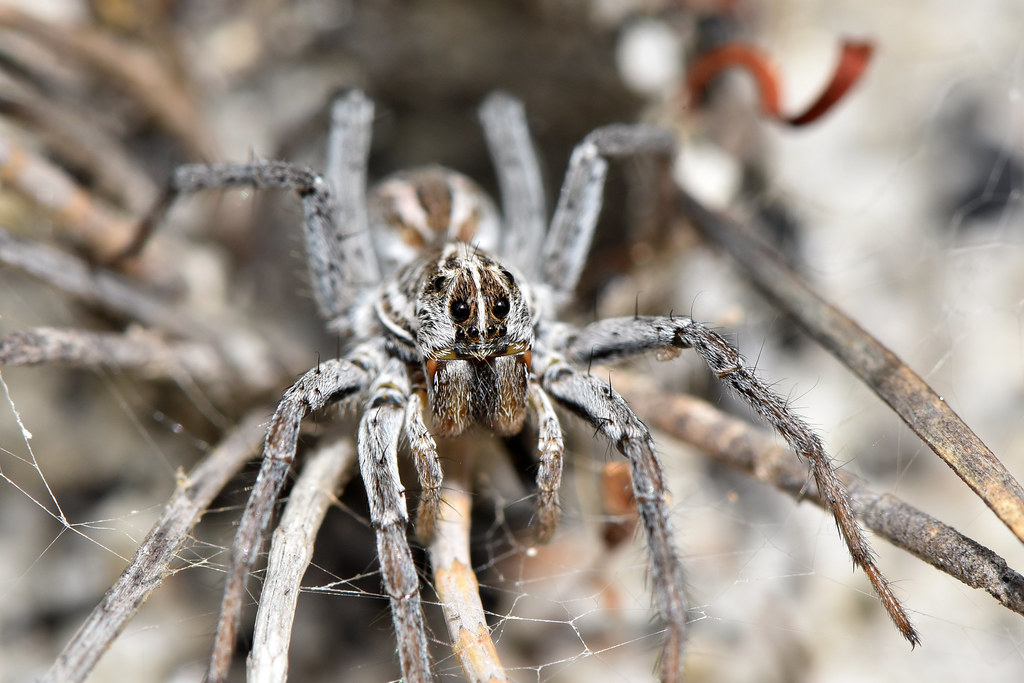
The discovery of Chimerarachne yingi has opened exciting new avenues for research into spider evolution and ancient arachnids. Ongoing investigations include attempts to extract and analyze preserved proteins from the amber, which could provide molecular evidence to complement anatomical observations. Several research teams are now specifically searching for additional specimens that might represent other members of the Chimerarachnidae family, hoping to build a more complete picture of this ancient spider lineage. Advanced imaging technologies continue to improve, promising even more detailed views of internal structures in future analyses. Perhaps most ambitiously, some researchers are exploring the possibility of recovering ancient DNA fragments, though this remains extremely challenging given the age of the specimen. This fossil has also spurred renewed interest in other amber deposits worldwide, as scientists search for comparable specimens that might fill additional gaps in the evolutionary record of arachnids.
Conclusion: Rewriting the Spider’s Evolutionary Story
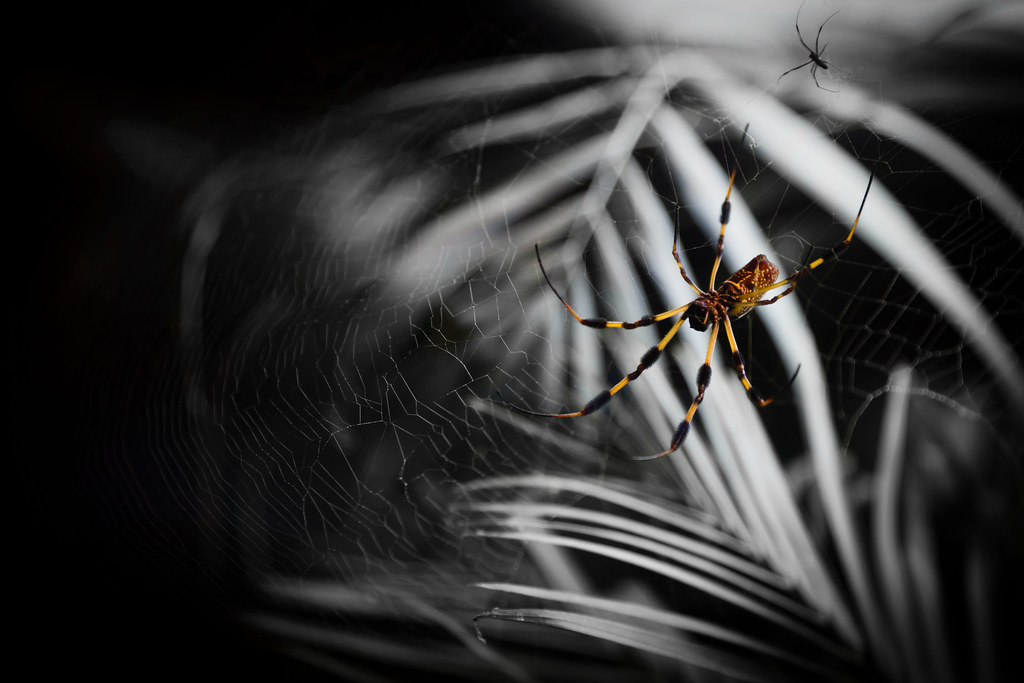
The discovery of the oldest non-venomous spider fossil has fundamentally altered our understanding of spider evolution and the ancient history of arachnids. By pushing back the timeline for the divergence of major spider groups and providing a clear example of transitional anatomy, Chimerarachne yingi serves as a crucial missing link in the evolutionary story of one of Earth’s most successful predator groups. This remarkable preservation in amber offers an unparalleled glimpse into the Cretaceous world and the arachnids that inhabited it alongside dinosaurs. As research continues and techniques improve, this single specimen will undoubtedly continue to yield new insights, reminding us that the history of life on Earth is far more complex and fascinating than we once imagined. The ancient spider, frozen in time for 100 million years, speaks to us across the ages about the incredible journey of evolution that connects all living things through the depths of geological time.

